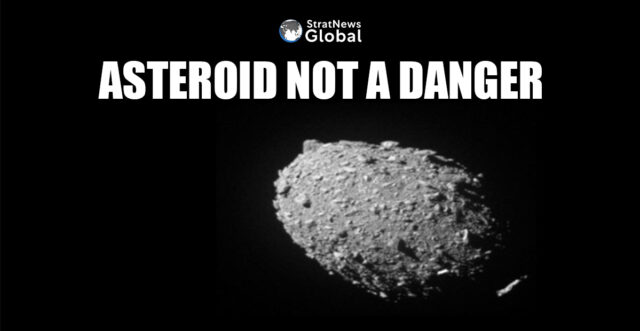2006WB is the name of a 310-feet diameter asteroid (meaning stadium-size) which, according to NASA, is heading towards the Earth at speeds in excess of 15,000-km per hour. It is expected to pass by Earth tonight at 11.31 pm but at a distance of 891,000 km. So there’s no danger.
The asteroid belongs to a category of Near Earth Objects (NASA classification), meaning that they regularly cross earth’s path and is tracked by NASA. The last is important given the danger posed by asteroids on a collision path with earth.
NASA’s Terrestrial Impact Last Alert System constantly tracks such objects and any change of course immediately sets off an alert. NASA has generated enormous data over years of tracking such objects and is able to predict with considerable accuracy, any change of course that could pose a danger to earth.
The damage and destruction could be catastrophic, in the event of an asteroid collision with earth.
The Tunguska event of June 1908, when an asteroid entered the earth’s atmosphere and exploded at a height of five to ten kilometres from the ground, flattened 2000-sq km and burnt an estimated 100-sq km of pine forest.
The explosive energy was estimated to be equivalent to 15 megatons of TNT, which is a thousand times more powerful than the atomic bomb which razed Hiroshima and Nagasaki in Japan in the closing days of World War II.
Fortunately, Tunguska is a remote area of Siberia, and while injuries were reported, there is nothing to suggest anybody was killed.
More recently, in 2013, an asteroid 20 metres in diameter, exploded over the city of Chelyabinsk in west-central Russia, close to the Ural mountains. The explosive energy was equivalent to 500 kilotons of TNT but since it blew up 30-km above ground, nobody was killed although 1,500 people were injured and 7000 buildings damaged.
Thirty eight years in journalism, widely travelled, history buff with a preference for Old Monk Rum. Current interest/focus spans China, Technology and Trade. Recent reads: Steven Colls Directorate S and Alexander Frater's Chasing the Monsoon. Netflix/Prime video junkie. Loves animal videos on Facebook. Reluctant tweeter.





